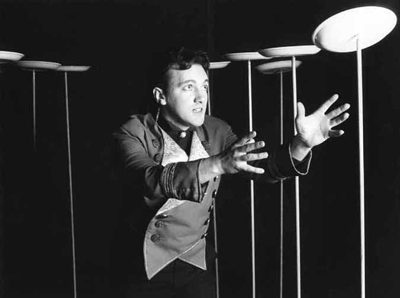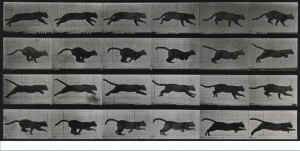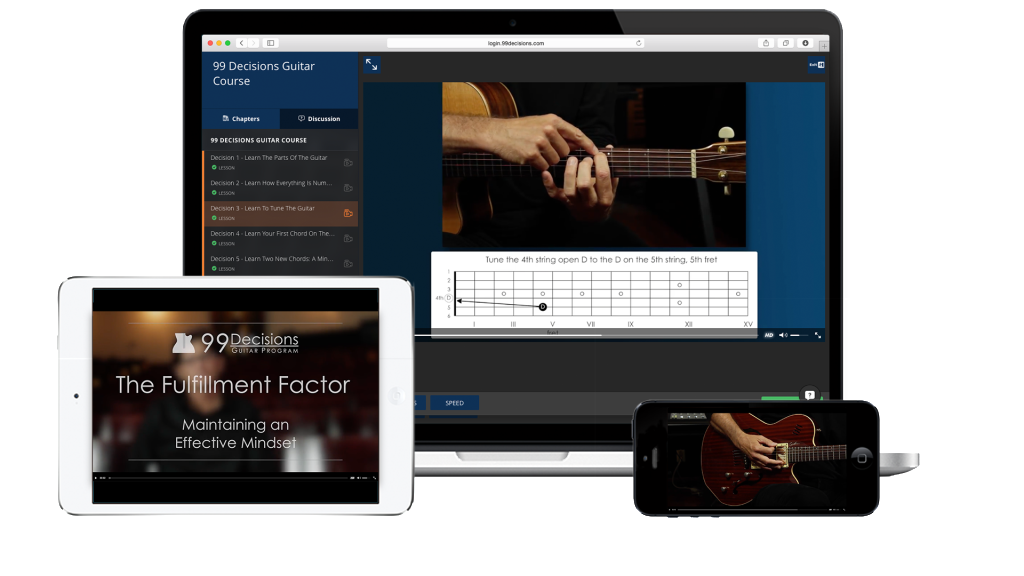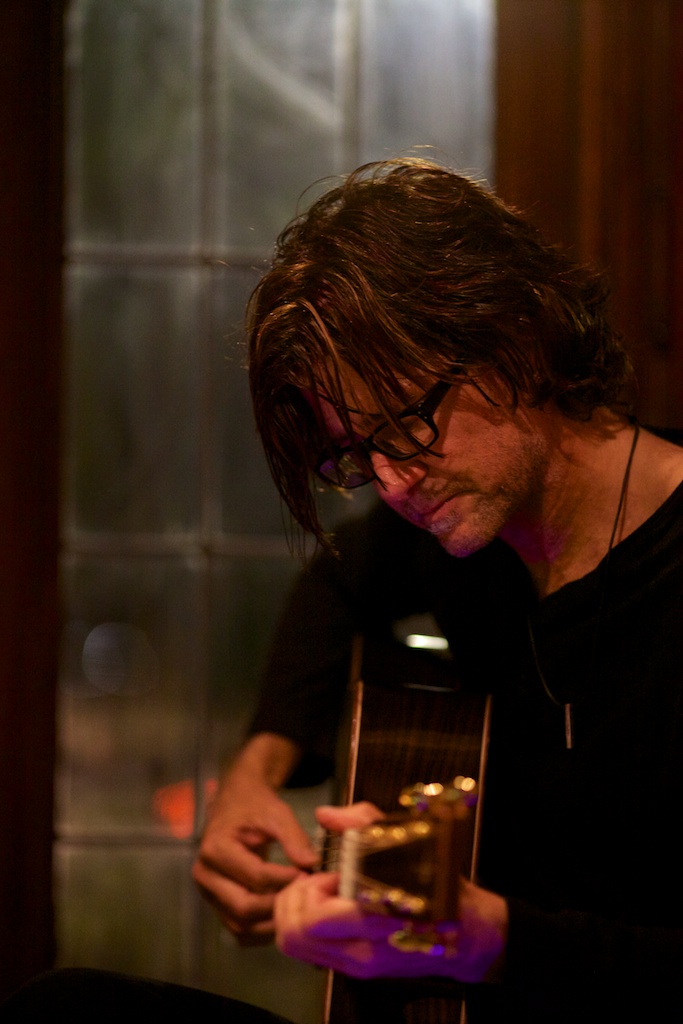Generally, when one starts a series of articles, they already have a number of ideas & topics that they will write about over the next few weeks.
I just now had the idea for this series while I was warming up on my acoustic and so, right now, I only have this one idea. But I am counting on the fact that my habitual multi-tasking approach to life will yield me endless ideas for future articles.
As it turns out, what I was just doing on the guitar is what I am about to write about.
(the hardest part was putting my guitar down to grab my computer to start writing it down so I don’t forget)
Now this isn’t a guide on how to multi-task. You most likely already know how to do that.
Today’s article is the first in a series of ideas about what to combine in order to generate maximum results. This is the key to working on different agendas simultaneously.
Multi-Tasking Part One:
Warming Up + Practicing on a Song
(or How to Turn ANYTHING Into a Warm-Up Exercise)
There are various opinions out there in guitar land as to whether it is worth it or not to spend valuable practice time warming up.
With so much to work on in a practice session, do you really want to use up a chunk of it just getting to where you feel you can function at your top level?
If you have all day, then that might be the right choice to spend that time on that agenda.
Quite often, warm-up exercises are ergonomically based… all about using all four fingers on all six strings in many positions, often using geometrical shapes that have little to do with actual music. And that’s okay. I am a big fan of those kind of exercises. Again, that might be the right choice to spend that kind of time (providing it doesn’t take up the majority of your practice time). But have you ever considered using real musical examples that you are working on to warm-up your fingers?
By real musical examples, I mean…
• the first four bars of a song you are working on
• a scale pattern
• a chord progressions with two or four chords in it
• a short riff, lick or phrase
• really anything you want
Here’s the main thing:
All you have to do is go really really slowly and walk through every action very deliberately, methodically & accurately.
No matter what the musical example is, you are essentially turning it into a warm-up by going ubër-slow. If the piece is very involved, say, like a finger picking piece with lots of chords & right hand technique, then the challenge is to see just how slowly you can walk through each action, from one note to the next. Do this with only one, or two, or four bars at a time. Playing in a slow methodical fashion like this will teach the movements to your fingers, mind & ears.
The effect is much like looking at something really close-up to the point where it doesn’t even look like itself anymore… in this case, sound like itself anymore. This takes a significant amount of focus & concentration (as well as patience!) so it warms up the mind as well. After 10-15 minutes of this, your fingers are going to be in the zone and you can shift your focus on working on the music in the usual manner.
I know this sounds a lot like how one practices anything on a deep level, however that is precisely my point. Why don’t you just start your practice session in this manner and then you will be multi-tasking by warming up and working on a piece of music simultaneously. Since all warming up is anyways is to not hit the ground running as fast as you can, thus making numerous errors & risking injury, this approach will yield the best results.
Since it generally takes a lot to get students to work on things really slowly, I’ve found that it is easier to make a game out of it.
So, how slow can you go?




1 Comment
Shaanan
January 18, 2015Great post! Im finding this method to be a really effective and enjoyable way to get warmed up and focused. I am also finding that whenever I slow down a piece I find ways to improve upon it that I would not have noticed at normal speed.
Leave A Response To Shaanan Cancel reply